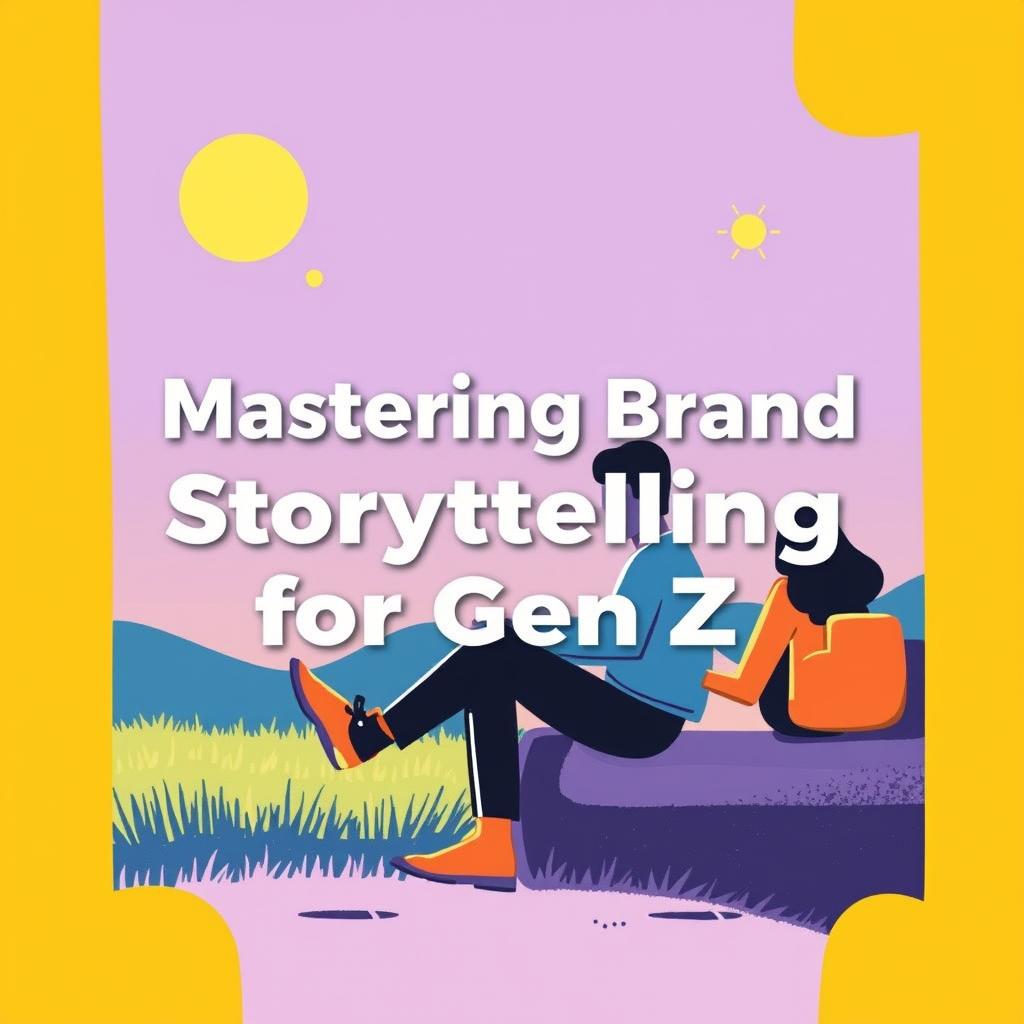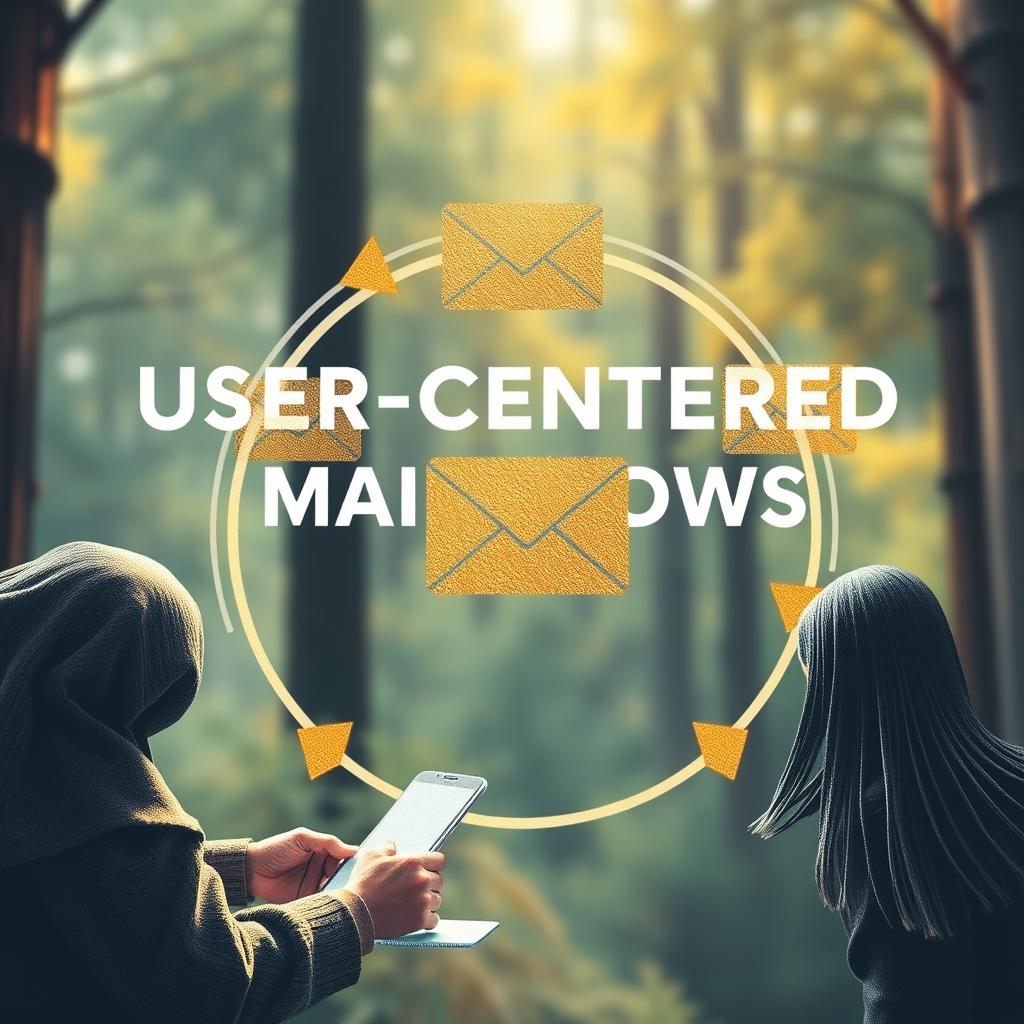Mastering Brand Storytelling for Gen Z: Best Practices for Engaging Tomorrow’s Workforce
Estimated reading time: 8 minutes
- Understanding the need for authenticity in brand storytelling.
- Strategies for engaging Gen Z through digital-first narratives.
- Empowering employees to become brand advocates.
- Integrating social and environmental values into brand narratives.
- Facilitating open communication within the organization.
Table of Contents
- Introduction
- The Importance of Authenticity and Connection
- The Path Forward
- Examples and Templates
- FAQ
Introduction
In the rapidly evolving landscape of business communication, understanding how to effectively engage Gen Z employees is more crucial than ever. This generation, born approximately between 1997 and 2012, brings a unique set of values, preferences, and digital fluency that are dramatically reshaping the way brands communicate. As organizations strive to build authentic connections with this workforce, the challenge lies in realigning brand storytelling strategies to address their expectations.
The Importance of Authenticity and Connection
Unlike their predecessors, Gen Z places immense value on authenticity and transparency. This cohort is acutely aware of marketing tactics and holds brands to a higher standard of honest engagement. They demand genuine narratives over superficial branding gimmicks—failing to meet these expectations can adversely affect brand perception and loyalty. However, crafting stories that resonate with Gen Z can feel daunting, especially for brands accustomed to traditional communication methods.
The Path Forward
To resolve these challenges, brands must embrace a multi-faceted storytelling approach that prioritizes authenticity while leveraging the digital platforms that Gen Z frequents. By harnessing insights into Gen Z’s communication preferences and values-driven mindset, organizations can create compelling narratives that not only engage but also inspire loyalty and advocacy among this emerging workforce.
In this blog post, we will explore several best practices for brand storytelling that effectively resonate with Gen Z employees. We’ll dive into strategies that can empower your organization and enhance your communication efforts, ultimately driving engagement and fostering a positive work environment.
Examples and Templates
1. Embracing Authenticity and Transparency
Key Practices:
- Behind-the-Scenes Content: Share genuine stories from employees, showcasing company culture and operations.
- Public Acknowledgment of Mistakes: Be open about challenges and how your organization learns from setbacks.
Template:
Subject: Embracing Transparency at [Company Name]
Dear Team,
At [Company Name], we believe in the power of authenticity. Today, I want to address [specific challenge], and the steps we are taking to improve. We recognize our past mistakes and are committed to learning and growing.
[Details about actions taken and encouragement for feedback.]
Thank you for your continued dedication.
Best,
[Your Name]
2. Cultivating Digital-First Storytelling
Key Practices:
- Utilize Dynamic Content on Preferred Platforms: Create engaging content for platforms like TikTok and Instagram Stories.
- Short-Form Video: Capture attention with brief, compelling visuals.
Template:
[Opening Shot]: A busy office scene with upbeat music.
[Voiceover]: “Welcome to a day in the life at [Company Name]. Here’s how we foster creativity!”
[Cut to shots of employees collaborating, brainstorming, or participating in team events.]
[Closing Shot]: “Join us in building a brighter future together at [Company]. #LifeAt[Company]”
3. Empowering Employee Advocacy
Key Practices:
- Internal Social Media Programs: Encourage employees to share experiences and stories.
- Recognition and Incentives: Reward employees for engaging in brand advocacy.
Template:
Subject: Share Your Story!
Hi Team,
We want to hear from you! Starting next week, we’ll be launching #My[Company]Story. Share your experiences and let your voice shine!
Top stories will be featured on our company’s social media. Let’s show the world what it’s like to be part of our amazing team!
Cheers,
[Your Name]
4. Integrating Values-Driven Narratives
Key Practices:
- Highlight Social and Environmental Initiatives: Align brand stories with values that resonate with Gen Z.
- Showcase Diversity and Inclusion: Promote diverse voices within your brand narrative.
Template:
Title: Our Commitment to [Sustainability/Diversity]
At [Company Name], we believe in a better tomorrow. Here’s how we’re committing to sustainability [or diversity]:
1. [Initiative Description]
2. [Impact on Community or Environment]
Join us in making a difference!
5. Crafting Concise and Visual Communication
Key Practices:
- Engaging Visuals: Utilize vibrant colors, modern typography, and motion graphics in communications.
- Use Infographics and Videos: Summarize key messages visually.
Template:
Steps for Creating an Engaging Infographic:
1. Define the key message.
2. Choose a visual style that aligns with your brand.
3. Incorporate concise text with data points.
4. Share on social channels to maximize reach.
6. Facilitating Two-Way Communication
Key Practices:
- Solicit Employee Feedback: Regular surveys and town hall meetings offer a platform for input.
- Create Open Forums: Foster collaboration and discussion.
Template:
Subject: We Want Your Voice!
Dear Team,
Your thoughts matter! Please take a moment to fill out this survey to share your insights and suggestions on our recent initiatives.
[Survey Link]
Thank you for your contributions!
7. Acknowledging Failures
Key Practices:
- Openly Discuss Setbacks: Share lessons learned from challenges.
- Show Commitment to Improvement: Highlight ongoing efforts to rectify issues.
Template:
Subject: Learning from Our Challenges
Dear Team,
We encountered some challenges with [Issue]. Here’s what we've learned and the steps we’re taking to ensure progress moving forward.
Thank you for your dedication and resilience.
Best,
[Your Name]
By embracing these strategies and implementing best practices in brand storytelling, organizations can resonate with Gen Z employees. This approach not only enhances engagement and loyalty but also fosters a culture of transparency and collaboration.
Call to Action
Ready to elevate your brand storytelling and connect with your Gen Z employees? Explore more insights and tools at professionalizeitto.me. Whether you’re looking to master professional communication, subscribe to our newsletter, or book a consultation, we’re here to support you in your journey toward impactful storytelling.
Meta Description
Unlock the secrets of brand storytelling that resonates with Gen Z employees. Discover best practices and templates to enhance engagement today!
Internal Linking Opportunities
- How to Communicate with Gen Z Effectively – Link to a related post on our website.
- The Importance of Employee Advocacy in the Digital Age – Link to another relevant article.
- Creating Engaging Visual Content for Business – Direct readers to infographic design tips.
- Building a Culture of Feedback in the Workplace – Provide additional resources on internal communication.
FAQ
Q1: What storytelling practices are most effective for Gen Z?
Authenticity, transparency, and a focus on social values resonate strongly with Gen Z.
Q2: How can we encourage employee advocacy?
Implement internal social media programs and recognize employees who share their stories.
Q3: Why is two-way communication important?
It fosters a culture of collaboration and ensures that employees feel valued and heard.
Q4: How can we showcase diversity within our narratives?
Highlight diverse voices and narratives that align with your brand’s values and mission.
Q5: What platforms should we use for communicating with Gen Z?
Focus on platforms like TikTok, Instagram, and other dynamic media that Gen Z frequents.


